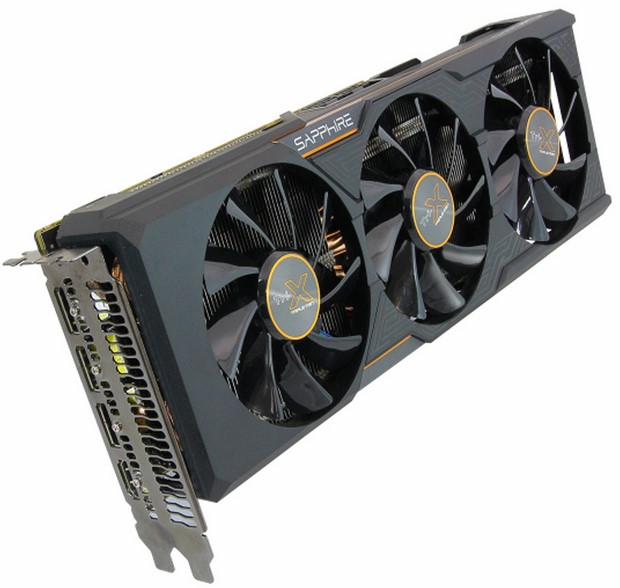AMD Radeon R9 Fury Review: Fiji On Air Tested
AMD's Radeon R9 Fury
When AMD launched the liquid-cooled Radeon Fury X, we witnessed a company willing to commit to new architecture and bleeding edge technologies (Fiji and High-Bandwidth Memory, respectively). Beyond that, Fury X showed a level of ambition and hardware design chops we hadn’t seen from AMD in years. There’s no denying that between its exceptional thermals and strong performance, Fury X is a force to be reckoned with. However, it fell shy of the mark that enthusiasts and press hoped it would achieve, unable to quite deliver a definitive victory against NVIDIA’s GeForce GTX 980 Ti. Today, AMD offers up their Radeon R9 Fury (sometimes referred to as Fury Air or Fury Pro), a video card that brings a compelling value proposition to the table.
In truth, this is the Fury release that should give AMD a more competitive edge against NVIDIA in the $500+ graphics card bracket.
The AMD Radeon R9 Fury lands at retail on July 14 with a baseline price tag of $549 attached to it. This launch continues AMD’s focus on board partner versions versus their own reference designs, but interestingly there are only two cards available at launch, coming courtesy of Sapphire and Asus. However, we do have it on good authority that there are more to come and we’ll see staggered releases over the next couple months.
|

We’re also looking at a traditional air-cooled solution versus a liquid-cooled approach. I was half-expecting the Fury to resemble the refreshingly small stature of the Fury X, but for now we’ve got two full size cards. Sure, that diminutive 7.5” inch PCB is still there on one of the boards, but it’s engulfed by Sapphire’s effective Tri-X cooler. Asus, on the other hand, has opted for a custom PCB on their Strix version.
The R9 Fury also checks all the boxes concerning AMD’s recent supported features and proprietary tech. FreeSync support, DirectX 12, Virtual Super Resolution, Frame Rate Target Control, are all present and accounted for.
Competitive Landscape
At $549, AMD is positioning the Fury between NVIDIA’s $499 GTX 980 and their $649 GTX 980 Ti. Here’s the interesting news which our benchmark results will shortly demonstrate: In price the Fury veers closer to the GTX 980, but in performance it sneaks in awfully close to the GTX 980 Ti. Perhaps critically, we’re seeing another noteworthy data point. Sapphire’s Tri-X Radeon R9 Fury is only about 5% slower than the liquid-cooled Fury X.








